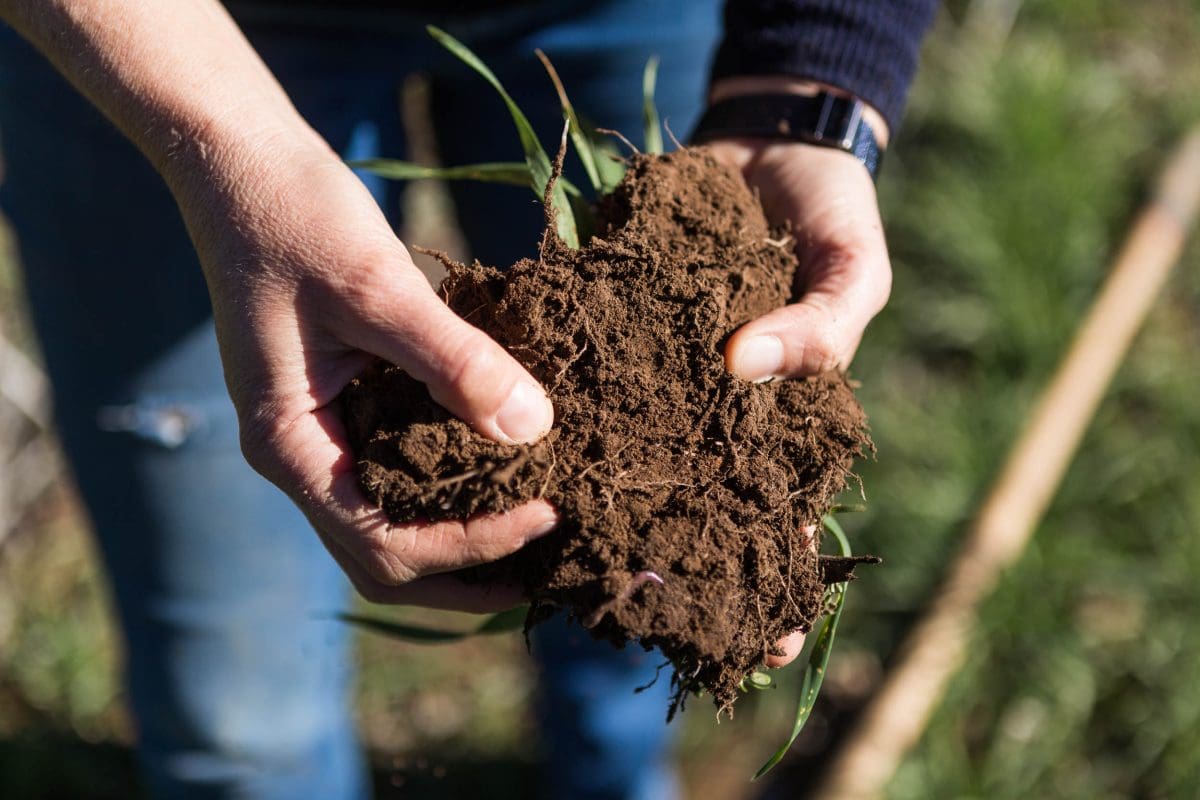
Improving and maintaining soil health is seen as a crucial part of regen ag. Photo: Soil CRC
A REVIEW of regenerative agriculture has found that potential benefits for Western Australia’s agricultural land, by adjusting management practices, are likely to vary depending on climate and soil types.
Department of Primary Industries and Regional Development (DPIRD) senior research scientist
Ravjit Khangura said regenerative agriculture was gaining traction in response to the challenges
posed by climate change and rising input costs.
“The general principles of regenerative agriculture are to keep the soil covered, minimise soil disturbance, preserve living roots in the soil year-round or as long as possible, increase species diversity, integrate livestock and limit or eliminate the use of synthetic compounds such as herbicides and fertilisers,” Dr Khangura said.
“Despite the purported benefits of regenerative agriculture in rejuvenating the soil and land, the
vast majority of growers are reluctant to adopt these practices due to a lack of empirical evidence
on the claimed benefits and profitability.
“The literature review examined the reported benefits and mechanisms associated with regenerative agriculture against available scientific data.
“The literature suggests that agricultural practices such as minimum tillage, residue retention, and
cover cropping can improve soil carbon, crop yield and soil health in certain climatic zones and soil
types.
“Combining livestock with cropping in the same landscape can also provide several co-benefits.
“However, the benefits of regenerative agriculture practices can vary among different agroecosystems and may not necessarily be applicable across multiple regions.”
Dr Khangura said management practices had a profound effect on shaping microbial communities,
thus influencing ecosystem services.
“Agricultural soils in Western Australia are naturally low in soil organic carbon and the potential threat to soil biodiversity is currently very high due to intensive agriculture, decline in organic matter and climate change,” Dr Khangura said.
“Despite the significant challenges in developing soil organic carbon in WA, particularly in agricultural regions with limited growing season rainfall, the literature suggests that by adjusting agronomic practices, there is potential for carbon sequestration and enrichment of below-ground biodiversity.”
Dr Khangura said the scale and success of implementing regenerative agriculture systems would depend on site-specific studies demonstrating their economic viability, as growers would be more likely to switch if there were no or acceptable financial or environmental risks.
“Soil biodiversity in different agro-ecological zones is poorly understood, including WA,” she said.
“Long-term multi-disciplinary research is needed to understand whether regenerative agriculture
methods improve soil biological traits and fertiliser efficiency, and therefore reduce reliance on
synthetic inputs.”
Dr Khangura is currently leading research on investigating soil biology in long-term farming
systems to gain insights into the intricate relationships between farming practices and soil health.
“This research will aid in identifying and formulating sustainable agriculture strategies that maintain
or improve biological diversity and functional efficiency of soil.”
Source: DPIRD

HAVE YOUR SAY